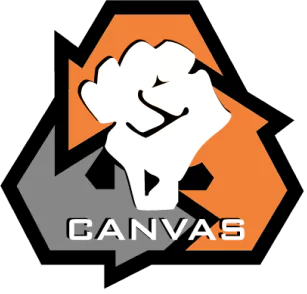Oct 3, 2007-2007
India
“Janadesh” Forest Land occupation by tribals
Share
ACTIVISTS/ACT.GROUPS/DESCRIPTION OF THE GROUP
Ekta Parishad
TARGET
Central Govt. of India
WIDELY HELD BELIEF
Indigenous people have rights over their land and the government should not take away indigenous land from the community.
CASE NARRATIVE
Issues and Opposition: Although India won its independence from colonial rule in 1947, it did not fulfill many of its promises to the Indian citizens. Especially marginalized were the rural low-caste and indigenous (forest-dwelling) populations. Even after many years of independence, many farmers lacked land rights over the plots they cultivated and lived in abject poverty generationally. To make matters worse, the economic development plans triggered land grabbing by the State governments in many Indian provinces. With no formal land rights, the status of the small farmers cultivating these plots was reduced to that of squatters. Since legal procedures were out of bounds for them, the smallholders began showing their concerns by appealing to the State Governments but the economic zones had a higher necessity and priority for the State and local governments, and appeals yielded no positive results. Much of the land grabbed was covered under the various forest and natural resources conservation laws because they were parts of forests, which have been homes of the indigenous farmers for decades. Thus, ousting these people from forests was equivalent to snatching their habitats and livelihoods away, forcing them to migrate. Small and subsistence farmers from various Indian states such as Madhya Pradesh (M.P.) voiced their anger and frustration in this issue and attracted the attention of nonprofits such as Ekta Parishad that fought for peasant and land rights. Ekta Parishad’s P.V. Rajagopal, a Gandhian, decided to oppose the M.P. and the Central governments. His demands were: 1) establish a national land authority, which would focus on monitoring land use across the country and identifying land available for redistribution, (2) formally recognize ownership rights of the land-holding peasantry, and (3) set up fast-track courts to settle past and present conflicts and disputes related to land. Dilemma Action: A large number of tribals, led by the Ekta Parishad, resumed their forest lands, thus combining the dual tactics of march and non-violent occupation. The governments alleged that the tribals had encroached on government forest land. In entering the forests, the protesters were breaking a couple of laws- the Wildlife Protection Act of 1972, the Conservation of Forest Act of 1991, and the Indian Forest Act of 1927- that regulate the movement of non-assigned people within reserve forests. The Forest Conservation Act of 1980 states that no State Government or other authority shall make, except with the prior approval of the Central Government, any order directing— (i) that any reserved forest or any portion thereof, shall cease to be reserved; (ii) that any forest land or any portion thereof may be used for any non-forest purpose. The Indian Forest Act, of 1927 was enacted to ‘consolidate the law related to forest, the transit of forest produce, and the duty liable on timber and other forest produce.’ The preamble to the Indian Forest Act, 1927 (16 of 1927) states that the Act seeks to consolidate the law relating to forests, the transit of forest produce, and the duty that can be levied on timber and other forest produce. This was part of a larger campaign that occurred in different stages and involved different non-violent tactics and came at the final stages of the campaign.
Outcome: Arresting the villagers gave the government bad press but not arresting them would have been tricky because the protesters were breaking laws. Ekta Parishad enlists several positive changes and concessions resulting from the march and occupation. For example, the National Council for Agricultural Reform was created as a direct result of this action. Other outcomes included the passage of the Forest Rights Act, the Land Acquisition Act, and the Resettlement & Rehabilitation Act. These laws became instrumental in land distribution among the smallholders and landless tribal peasants. Through these mechanisms, the Indian government distributed hundreds of thousands of land ownership titles to indigenous families.
PRIMARY STRUGGLE/GOAL
NONVIOLENT TACTICS USED
DA TACTICS USED
Nonviolent occupation
CASE NARRATIVE WRITER
SUCCESS METRICS
10 / 12
(CONC) Concessions were made
(EREP) Dilemma action got replicated by other movements
(MC) Media Coverage
(MSYMP) Media coverage was sympathetic to the activists
(OR) Opponent response
(PS) Dilemma action built sympathy with the public
(PUN) Punishment favored the activists
(REFR) Dilemma action reframed the narrative of the opponent
(RF) Dilemma action reduced fear and/or apathy among the activists
(SA) Dilemma action appealed to a broad segment of the public
PART OF A LARGER CAMPAIGN
3 / 3
Activist group continued working together after the action
Encouraged more participants to join the movement
Internally replicated by the same movement
RESOURCES
Project documentation
Dilemma Actions Coding Guidebook
Case study documentation
Dilemma_Actions_Analysis_Dataset
SOURCES
Romanow, Melissa. 2013. “Indians make gains on land rights (Janadesh), 2007,” Global Nonviolent Action Database. Retrieved July 22, 2023. (https://nvdatabase.swarthmore.edu/content/indians-make-gains-land-rights-janadesh-2007).
French, Amber. 2018. “Building Self-reliance and Alternative Institutions: An Interview with Ramesh Sharma of Ekta Parishad,” International Center on Nonviolent Conflict. Retrieved July 22, 2023. (https://www.nonviolent-conflict.org/blog_post/building-self-reliance-alternative-institutions-interview-ramesh-sharma-ekta-parishad/).
Related cases
Feb 3, 2020-2020
Chile
Issue and Opposition: Sexual assault on women is a global problem as the #Metoo movement has highlighted. Dictatorial regimes in many Latin American countries have res...
/
Mar 4, 2018-2018
Belarus
In 2018, construction began on a battery plant in Brest, Belarus. Residents nearby knew that the plant would release harmful toxins into the area and began seeking way...
/
May 1, 2007-2007
United States of America
In May 2007, a group of white supremacists from across the United States, including members of the Ku Klux Klan (KKK), an American hate group, converged on Knoxville, ...
/
Subscribe to our newsletters to get full access to all materials on our website.

